Hollywood is in the midst of a generational crisis, and that is playing out at the box office with the recent failures of big-budget blockbusters like The Flash and Indiana Jones and the Dial of Destiny. However, this crisis is entirely of Hollywood’s own making.
It is also a problem that was entirely foreseeable and preventable. Historically, the key demographic for cinemas has always consisted of 18-34-year-olds. There are multiple reasons for this. Members of this group are old enough to have disposable income and young enough that their earnings aren’t yet tied up in mortgages and loan repayments. They also socialize in large groups outside the house and don’t yet have the obligations that come with having a family or running a home.
This is not just anecdotal. Any study of the numbers backs it up. A 2013 study by the Urban Land Institute reported that 75% of respondents in the age group regularly went to the cinema, with a majority of those going more than once a month. A Nielsen survey for the first quarter of 2019 observed that 56% of weekly movie-goers fell within the age bracket. A 2022 survey by Morning Consult confirmed the group was more likely than other age demographics to “often” or “sometimes” go to the cinema, with the lowest response of any demographic to “never.”
So, logically, any successful four-quadrant blockbuster needs to be able to offer something to that demographic. These films need to be able to convince the largest and most frequent movie-going audience that these movies are worthy of their time. Consistently over the past year, the blockbusters that have failed to perform have been the ones that have failed to draw in those younger audiences. Seventy percent of the audience for The Flash was over 25, while the largest demographic for Dial of Destiny was over the age of 54.
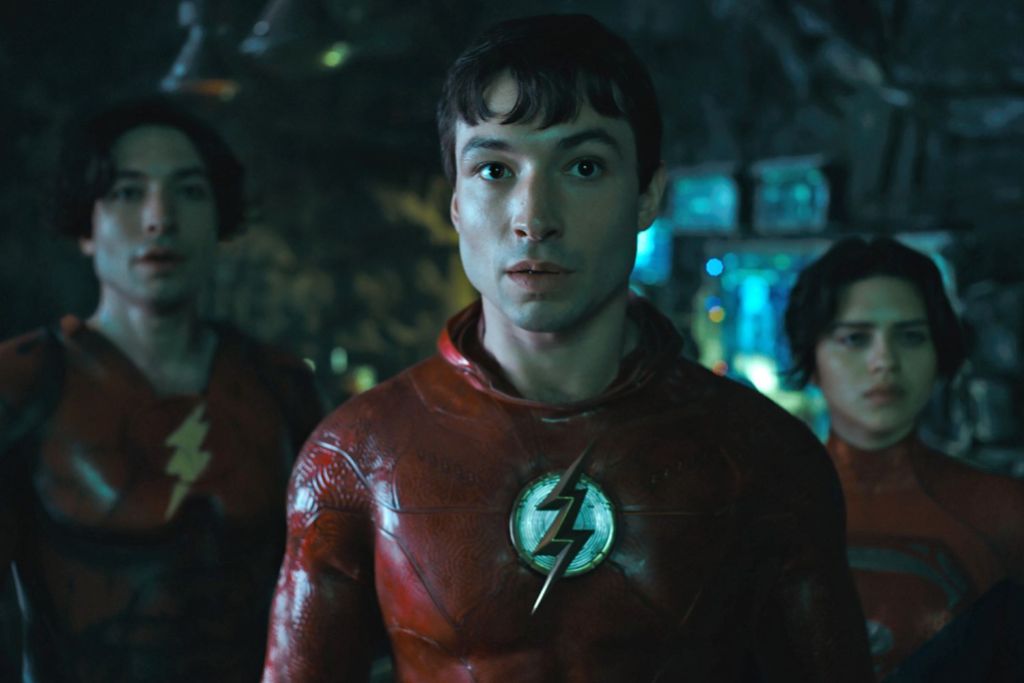
In contrast, many of the biggest success stories of the past few years have managed to attract these younger audiences. The #gentleminions trend helped to power Minions: The Rise of Gru to the most successful Independence Day opening ever. Sixty percent of the opening weekend audience for Spider-Man: No Way Home was under the age of 25. Fifty-six percent of the audience for John Wick: Chapter 4 was between 18 and 34, although it skewed older within that demographic – 31% between 25 and 34. Sixty-two percent of the audience for The Super Mario Bros. Movie was between 18 and 34, with 33% between 18 and 24.
Unsurprisingly, anybody paying attention to these demographics is concerned. Analysts have expressed worry about what Hollywood is doing to win over younger audience members, particularly those within Gen Z. After all, studies have long suggested that the emerging generation is more interested in playing video games or listening to music than in going to the cinema. Why hasn’t Hollywood been able to get these audiences to consistently turn out for big blockbusters? The default assumption has been to blame the kids.
Much of this analysis misses the forest for the trees. The question isn’t: “Why have these younger audiences stopped going to these big tentpoles?” It is: “Why would these younger audience members want to spend their hard-earned money on big-budget blockbusters that are increasingly nostalgic for properties, characters, and actors that they are too young to remember?” Call it the inverse Field of Dreams effect: If you don’t build it, they won’t come.
Tellingly, many of the big box office disappointments of the past few years are built around properties that exist outside the living memory of even the oldest members of that 18-to-34-year-old demographic. The Flash made a big deal of bringing back Michael Keaton as Batman, a role that he first played in 1989, exactly 34 years ago. That was the same summer that Harrison Ford rounded out the original Indiana Jones trilogy with Indiana Jones and the Last Crusade. Even the oldest members of that demographic didn’t catch those in theaters.
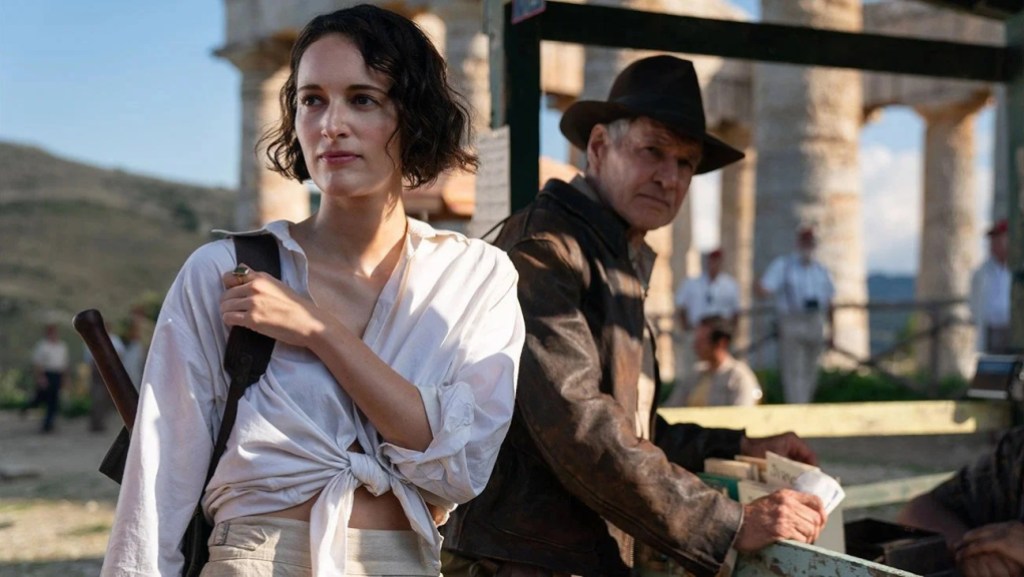
Indeed, the ongoing and much-discussed decline of the Marvel Cinematic Universe may also be a result of simple demographics. It has been 15 years since Iron Man was released in 2008, so the demographic that connected with those movies towards the end of their teenage years are now in their 30s. A couple that went on their first date to see The Incredible Hulk could be taking their kids to see Ant-Man and the Wasp: Quantumania, but they are just as likely to see the trip as expensive and difficult to coordinate.
Hollywood is caught in a nostalgia trap, something that Dial of Destiny explicitly acknowledges in its third act. Of course, nostalgia has always been a strong force in mainstream Hollywood filmmaking. Indeed, one can trace the roots of long-delayed star-driven generation-straddling sequels like The Flash and Dial of Destiny back to earlier efforts like Tron: Legacy, The Godfather Part III, or even The Color of Money. However, it feels like the trend has kicked into overdrive in recent years.
These “legacyquels” became a dominant cultural force during the mid-2010s, with the release of films like Mad Max: Fury Road, Creed, and Star Wars: The Force Awakens in 2015. However, these early examples were structured to pass the torch between generations of movie-goers. Old audience members, likely aging out of regular cinema trips, got to have one last hurrah with their old favorites, while younger viewers were welcomed into the family and given protagonists to which they might relate.
Characters like Rocky Balboa (Sylvester Stallone), Han Solo (Harrison Ford), and Luke Skywalker (Mark Hamill) stepped into the role of aging mentor to a new generation of characters like Adonis Creed (Michael B. Jordan) or Rey (Daisy Ridley). The role of Max Rockatansky was recast from Mel Gibson to Tom Hardy, and he served as a supporting figure in the story of Imperator Furiosa (Charlize Theron), who would get her own spinoff prequel that is currently in development.
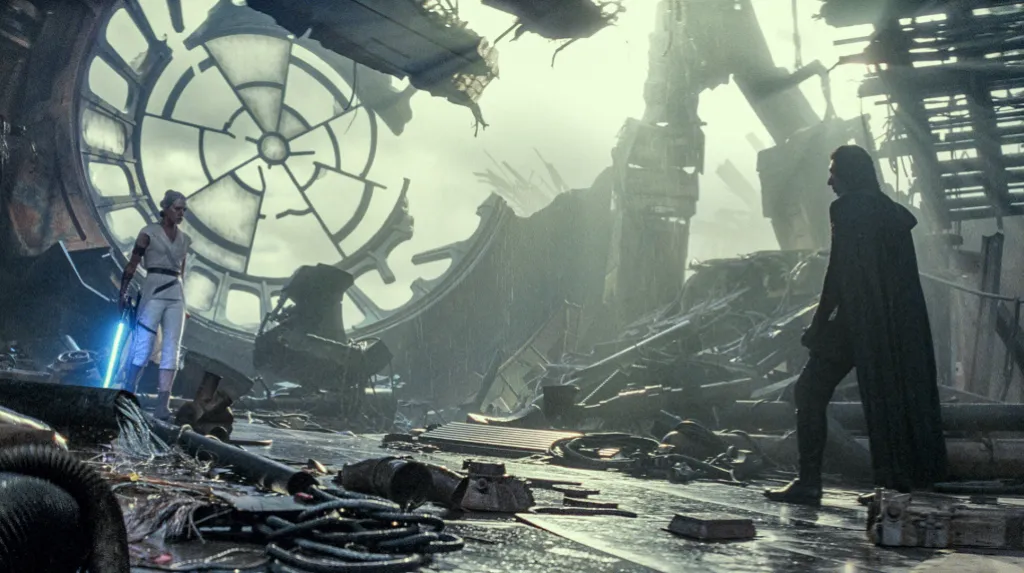
These sorts of films existed towards the end of the window of nostalgia for 1980s properties. Indeed, the release of Indiana Jones and the Kingdom of the Crystal Skull in 2008 was likely the last chance for a financially viable blockbuster farewell to the eponymous archaeologist (Ford), with the film powering to $790M at the box office. Even then, there was a sense that Indy might have to at least acknowledge the existence of a new generation and potential successor, his son Mutt (Shia LaBeouf).
At a certain point, everything changed. The third film in the Star Wars sequel trilogy, The Rise of Skywalker, feels very much like the pivot point. If The Force Awakens and The Last Jedi had been about the idea of an older generation gracefully passing the torch to a younger group of heroes, The Rise of Skywalker was a panicked reversal. These older characters would not surrender the spotlight. They would yank it back, unable to resist the urge to take the Millennium Falcon for one last joyride.
This was a flawed approach from the outset. The Rise of Skywalker was the only film in the sequel trilogy to earn negative reviews and would also receive the lowest CinemaScore in the franchise’s live-action history. It was the only film of the sequel trilogy not to be the highest-grossing movie of its release year and was the lowest-grossing of the three. This box office collapse happened in real time; pre-sales were strong, and its opening weekend total ($175.5M) ultimately came in below the Friday ($195M), Saturday ($190M), and even Sunday ($179M+) estimates.
However, The Rise of Skywalker set a new template for these sorts of nostalgia projects. They would no longer offer more than a fig leaf to younger viewers. There could be newer characters, but there was never any confusion about whether they would replace the aging franchise veterans. Helena Shaw (Phoebe Waller Bridge) can be in The Dial of Destiny, but she won’t get to touch Indy’s fedora. Rey can be the hero of the narrative, but only if she’s the granddaughter of Emperor Palpatine (Ian McDiarmid) and takes the name “Skywalker.”
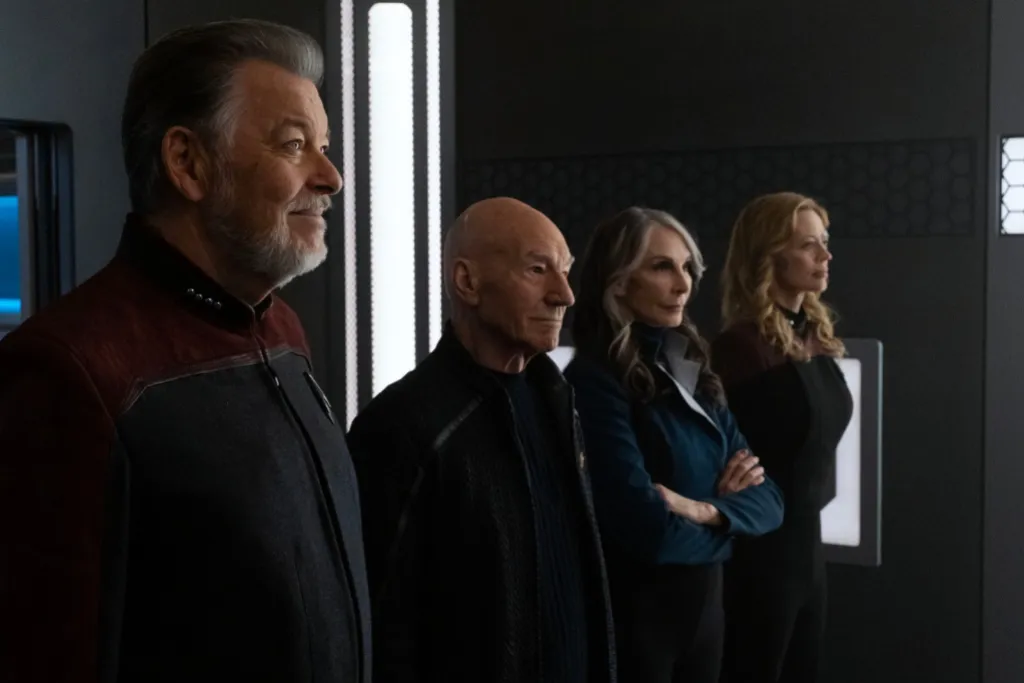
This was the era of the “anti-legacyquel,” designed to assure older viewers that they would always be the center of this pop culture landscape. There were some successes. Top Gun: Maverick overcame all the odds to become the second highest-grossing movie of 2022. However, it was only the first sequel to Top Gun rather than part of a longer lineage of films, and it was much more about Tom Cruise as a movie star than Pete “Maverick” Mitchell as a character. It was also sold as a celebration of movies more than a celebration of the original film. In other words, it was a unicorn. It was not a model that could be replicated at scale.
Other successes were much more qualified. Sony’s smartest move with Ghostbusters: Afterlife wasn’t to indulge in nostalgic fan service for an irreverent 1980s comedy; it was to budget the film at a much more responsible level than Paul Feig’s more irreverent take on the concept. Indeed, Afterlife actually earned weaker reviews and a lower box office than the previous film in the franchise. It was only a success because it cost less. However, as is always the way with these things, Hollywood failed to learn the right lessons.
The trend is obvious even outside of cinemas. As franchise streaming shows like The Mandalorian leaned heavier into nostalgia by bringing back old characters and plot points, they seemed to enter a gradual decline. Of course, streaming data is opaque, but one can track trends. The relatively self-contained first season of The Mandalorian was the most in-demand show on the planet, while the more fan service-heavy third season failed to attract the same level of attention. This model doesn’t seem especially viable for streaming.
Similarly, the third season of Star Trek: Picard pulled its own attempt at The Rise of Skywalker, jettisoning its younger cast to replace them with the leads from Star Trek: The Next Generation. This move may have appeased older fans, but it seems to have coincided with a larger decline of the Star Trek franchise. While Star Trek: Discovery has spun off Strange New Worlds, a Section 31 movie, and an upcoming Starfleet Academy show, Picard has not gained traction on its proposed Legacy spinoff.
However, as projects aimed at the nostalgia of older viewers falter, there is plenty of evidence that projects that appeal to the nostalgia of younger viewers can succeed. These audiences turned out for Minions, John Wick: Chapter 4, or even Creed III because those franchises belong to them. With the failure of projects like The Flash and Indiana Jones and the Dial of Destiny, the chickens are coming home to roost in the wake of The Rise of Skywalker. Hopefully Hollywood can learn the right lesson before it’s too late.

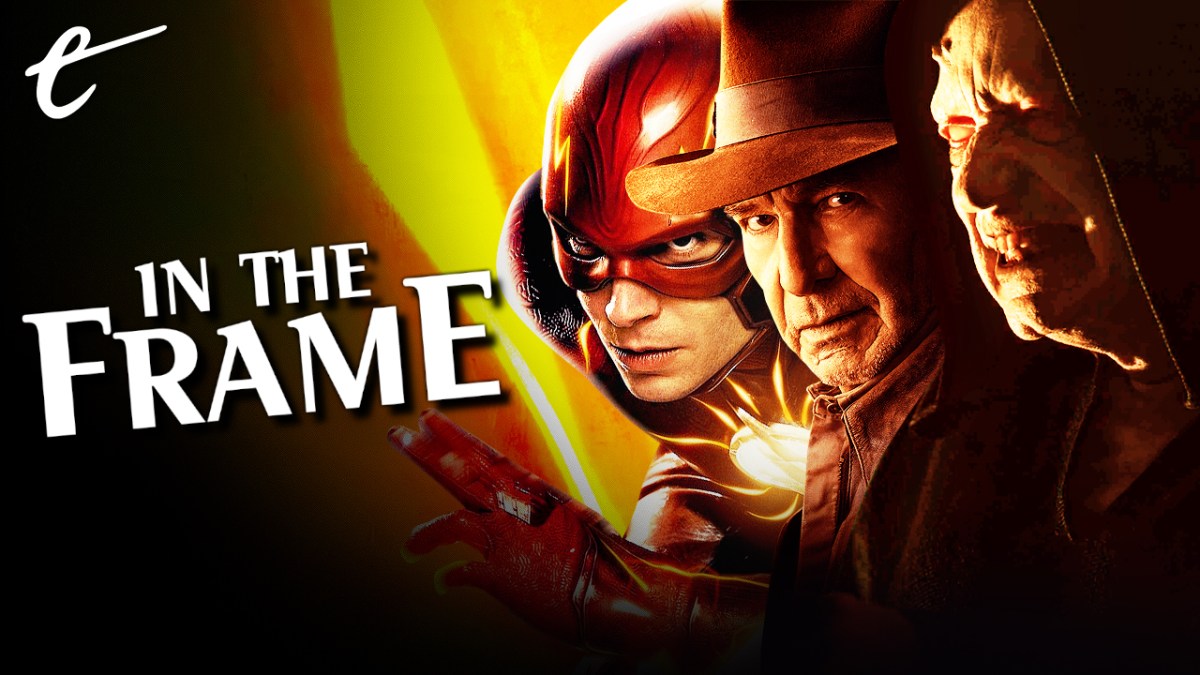




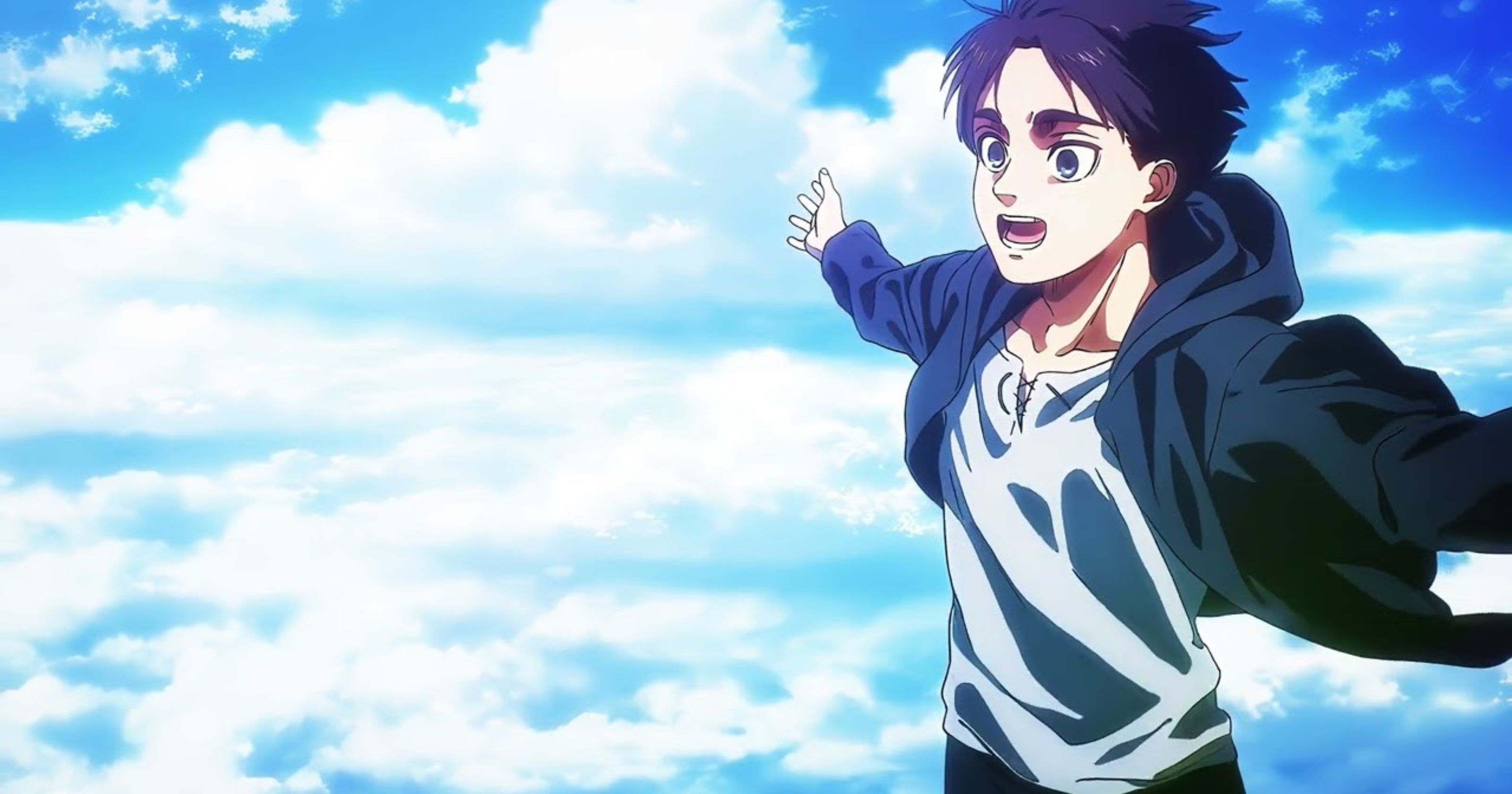
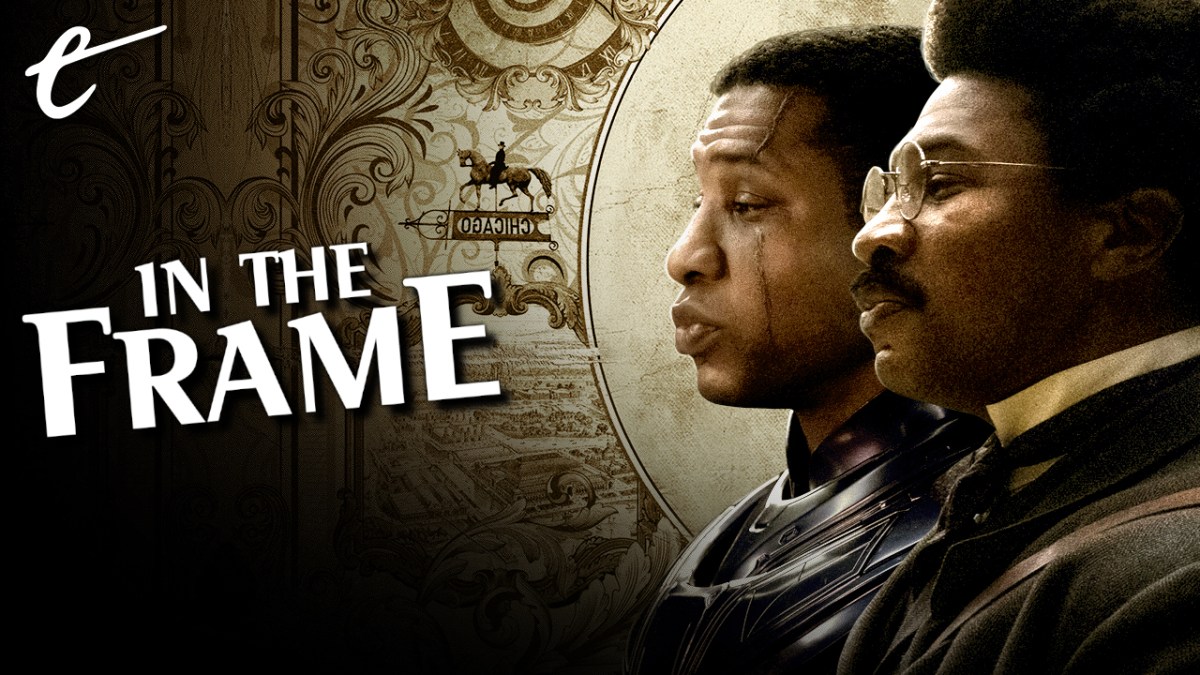

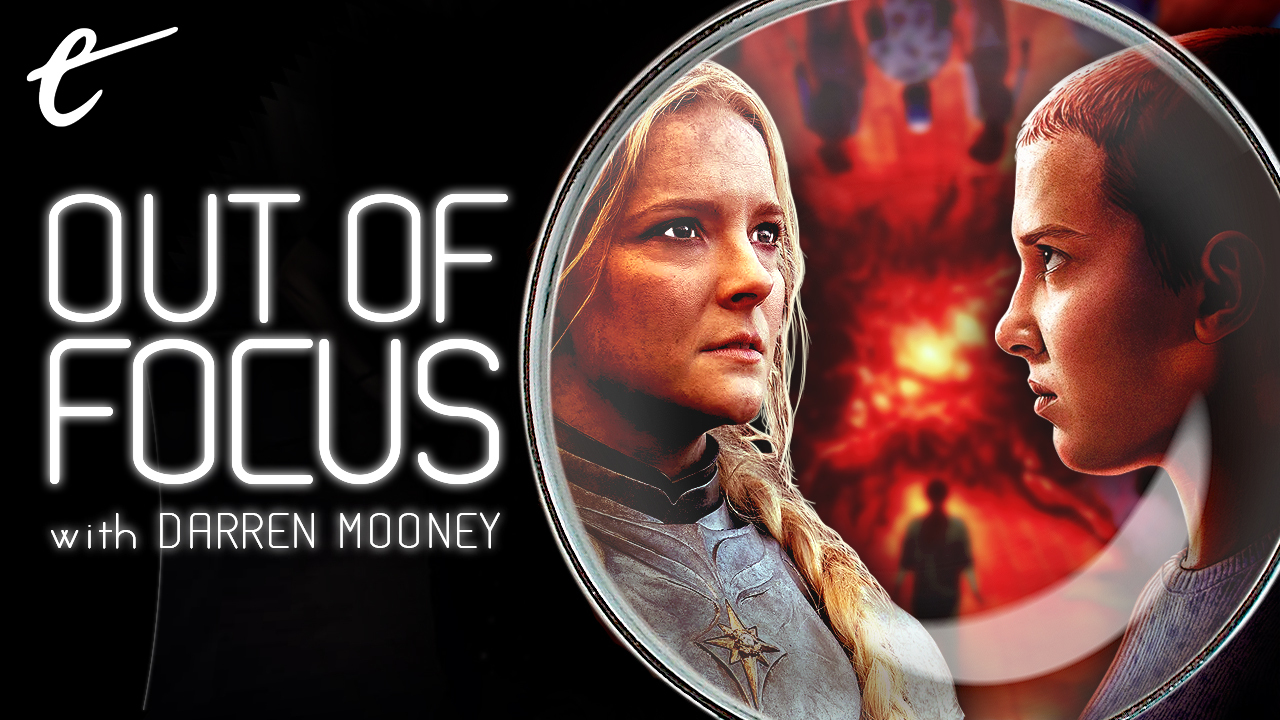
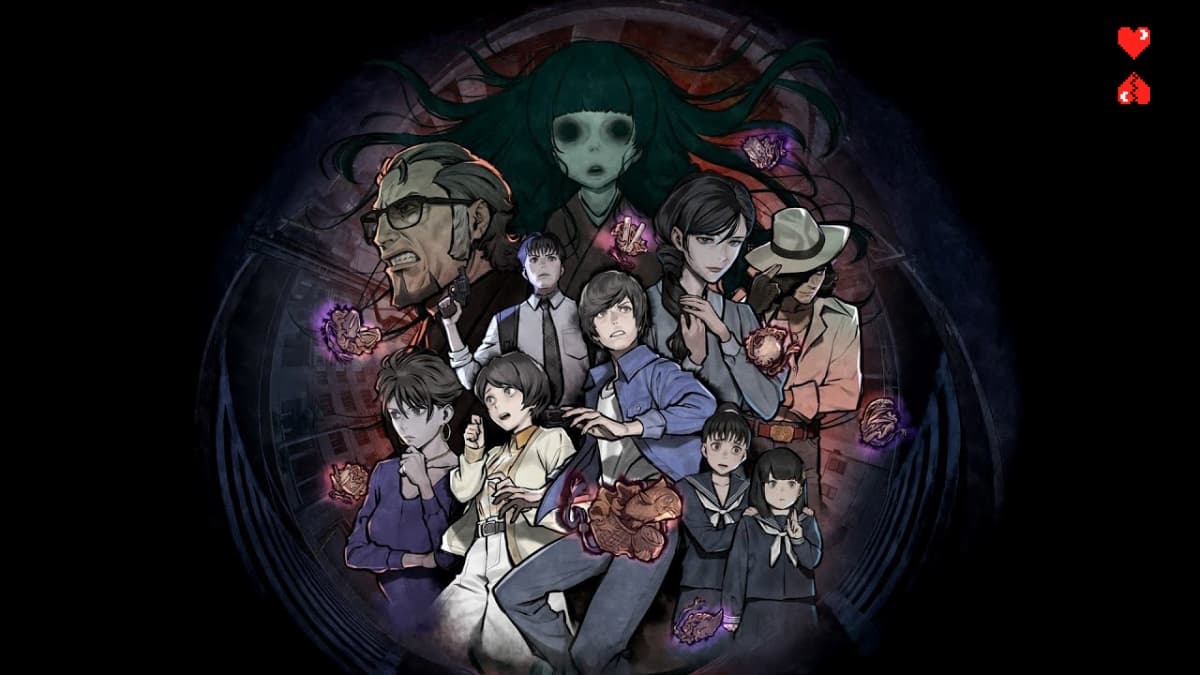
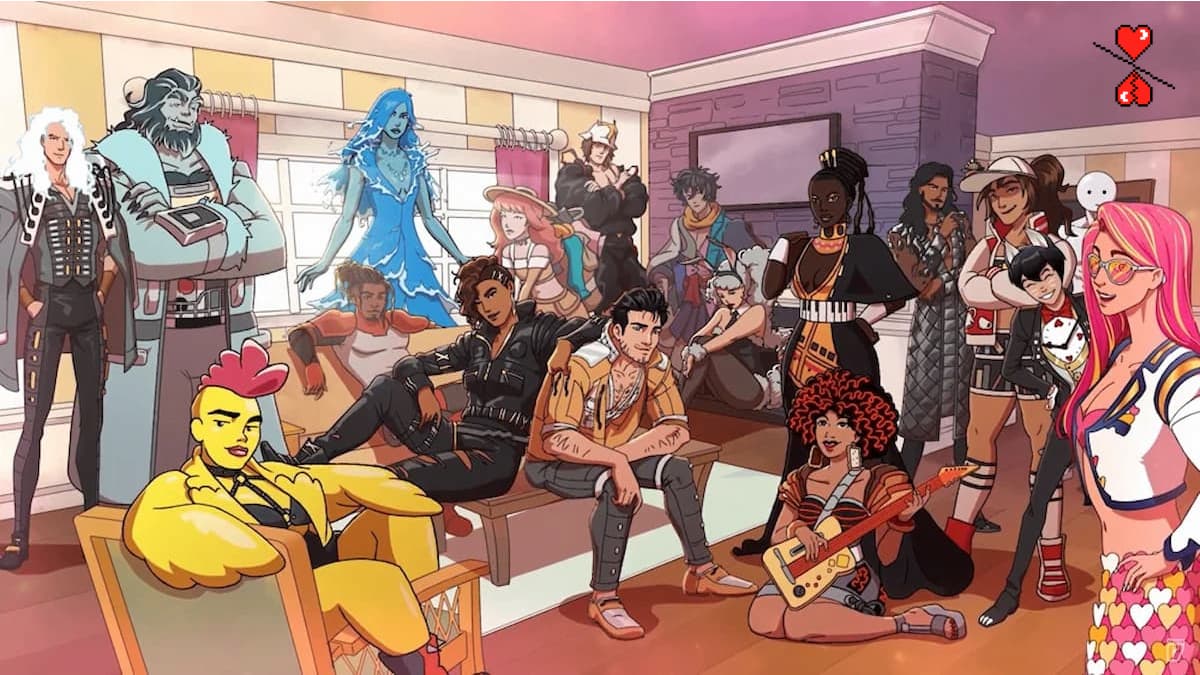


Published: Jul 10, 2023 3:00 PM UTC